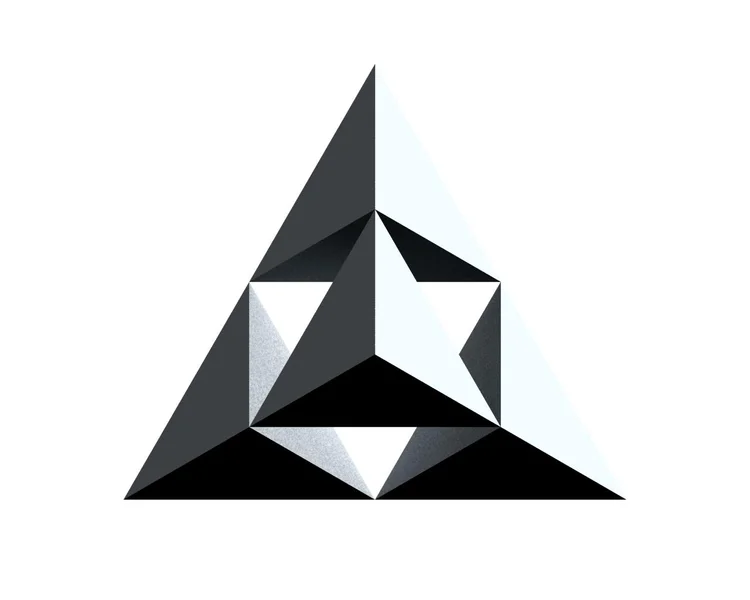Installation of Mural on Melrose Ave, Hollywood CA 2014.
Fishe began his trajectory as a visual artist on the streets of Los Angeles in the early 1990's as a graffiti writer. With over 25 years experience in graffiti, he has become a notable figure within the graffiti community. After many years spent traveling and painting in clandestine situations and doing small DIY art shows. He felt artistically limited and decided to pursue a formal art education. He attended UC Riverside where he received a BA in studio arts. There he evolved past his graffiti roots into experimental drawing, photo and a newly formed focus on canvas work. Although he continues to work in many mediums some of his most notable works continue to be the large scale murals he creates, as well as his own style of post graffiti landscapes. His work off of the walls draws from a diverse set of visual influences blending them cohesively into his current working style.
Fishes work can be seen on walls in many major cities throw out the US, as well as internationally. He has also had the opportunity to contribute work to gallery shows, special collections and major museum shows. His work has been included in the permanent collection at LACMA, and the Getty. Notable among these is his contribution to La Liber Amicorum, a collection of works from some of the most well known and respected urban artist working out of LA curated by the Getty Research Institute. He also served as co-curator to Scratch and contributed work to several exhibitions at ESMoA. Fishe has also completed commision murals for ESMoA, MOAH, and A+D museum. His dynamic style and sensibility have made him a favorite among young collectors as well as a figure to watch in the upcoming years.
Fishe’s style is influenced by a diverse set of ideas as well as visual motifs. He considers his work to be in the realm of post graffiti. He draws equal influence from his past street work as he does from his experimentation with entheogens and his meditation practice. Fusing his visions with elements of the urban landscape he is able to bring the raw aesthetic elements from his graffiti experience and organically blends them with opart, geometry, and sacred symbols into a new dynamic visual lexicon. The work speaks to both the outer reality of the urban life as well as the subconscious elements from his inner journeys. He uses aerosol paints and graffiti markers as his prefered medium in creating his surreal landscapes. The materials connect his present work with his life long use of these graffiti tools that are often not considered part of traditional fine art painting.

